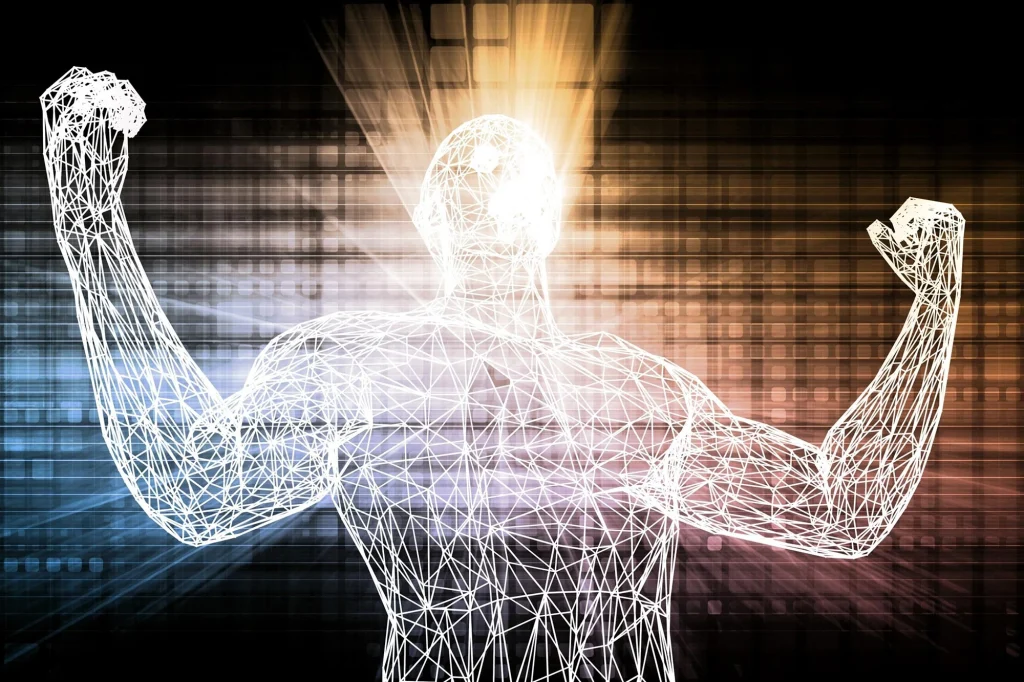
Growing older doesn’t have to mean growing stiffer, weaker, or more fragile.
That narrative? It’s outdated.
At Aruka, we believe aging should mean:
More confidence. More control. More freedom in your body—not less.
And the secret to making that happen?
Not just lifting weights or walking more.
It’s skill-based movement training—the kind of training that keeps you sharp, mobile, and coordinated as the years go on.
Let’s redefine what it means to age well.
🧠 The Real Cost of Aging Poorly
Most age-related decline doesn’t start with illness.
It starts with loss of movement quality—the kind that shows up as:
- Slower reaction time
- Decreased balance and stability
- Stiff hips and backs
- Poor posture
- Lower confidence on stairs, trails, or uneven ground
Eventually, this leads to:
- Falls
- Joint pain
- Loss of independence
- Reduced brain function
- Fear of movement
But this decline is not inevitable.
It’s often the result of under-stimulation and poor movement habits, not aging itself.
🧱 Why Strength Alone Isn’t Enough
Sure, strength training matters.
But here’s what most “age well” fitness models get wrong:
They chase numbers—how much weight, how many reps—without teaching how to move.
You can be strong and still move poorly.
You can be active and still lose your edge if you’re not training coordination, rhythm, and reaction.
What keeps adults truly agile, safe, and cognitively engaged is movement skill.
🌀 The Aruka Approach to Longevity
We help adults rebuild and maintain their movement through three powerful principles:
1. Skill-Based Movement
We restore the Movement Skills for Life—skills many adults haven’t practiced since childhood:
- Balance
- Skip
- Hop
- Throw
- Catch
- Shuffle
- Jump
These aren’t “kid moves”—they’re human moves.
The loss of these patterns often marks the start of decline.
We bring them back—step by step.
2. Cognitive-Motor Training (Athletic Neurogenics)
We pair physical movement with cognitive stimulus:
- Dual-task drills
- Rhythm-based movement
- Reaction-based patterning
- Eye tracking and visual cue work
- Proprioceptive awareness under load
This supports neuroplasticity—keeping your brain young through movement challenges that are fun, novel, and scalable.
3. Restoration
We prioritize:
- Breath work
- Soft tissue therapy
- Joint mobilization
- Recovery tools
- Mind-body rhythm practices
Because high performance doesn’t come from pushing harder—it comes from restoring smarter.
🧬 Why Movement Skill = Longevity
Here’s what the research and experience show:
Movement skills improve balance.
Better balance reduces fall risk.
Fewer falls mean fewer surgeries, hospitalizations, and setbacks.
Add to that increased brain function, confidence, and independence…
And you have the true definition of aging well.
I’ve seen 60-year-olds regain coordination they thought they’d lost forever.
I’ve seen retirees become faster, more mobile, and more joyful in movement than they were in their 40s.
All because we trained the nervous system, not just the muscles.
💡 The Aruka Recode Series for 30+ Adults
This is why we created the Aruka Recode Movement Screen Series, with three levels:
- Level 1: Restoration – For adults new to movement or recovering from inactivity
- Level 2: Vitality – For moderately active adults looking to improve control and coordination
- Level 3: Longevity – For high-functioning movers who want to sustain neuroplasticity, rhythm, and high-level skill
Each level includes:
- Skill assessments
- Movement drills
- Coordination circuits
- Cognitive + motor training
- Safety-focused, fun-focused structure
We’re not just getting people in shape.
We’re keeping them sharp—physically and neurologically.
🔄 Redefining What It Means to “Get Older”
Getting older doesn’t mean slowing down.
It means getting more intentional.
It means training with skill, not just effort.
You don’t lose coordination because you age.
You lose it because you stop challenging it.
The good news?
You can get it back—and build it better than ever.
👣 The Path Forward
If you’re over 30 and wondering:
- “Why do I feel stiffer lately?”
- “Why is balance getting harder?”
- “Why does movement feel less fluid?”
This is your moment to take control.
Start with skill.
Restore what’s been lost.
Rebuild the way you move.
That’s how you age well, move well—and live well.
—Coach J
Kent Johnston
Leave a Reply